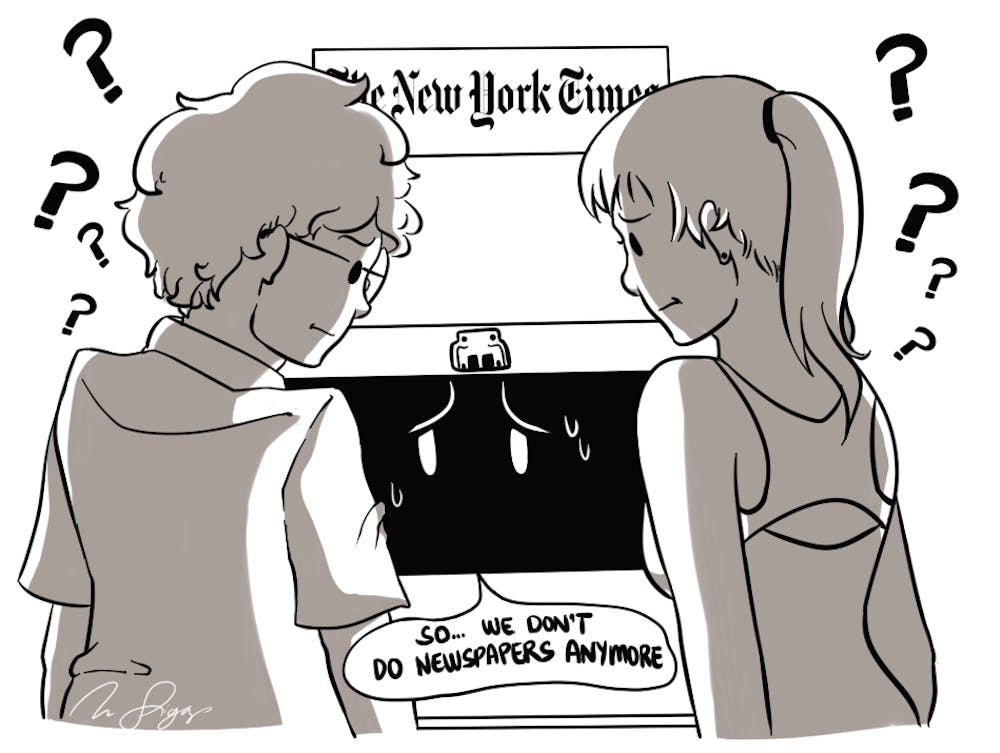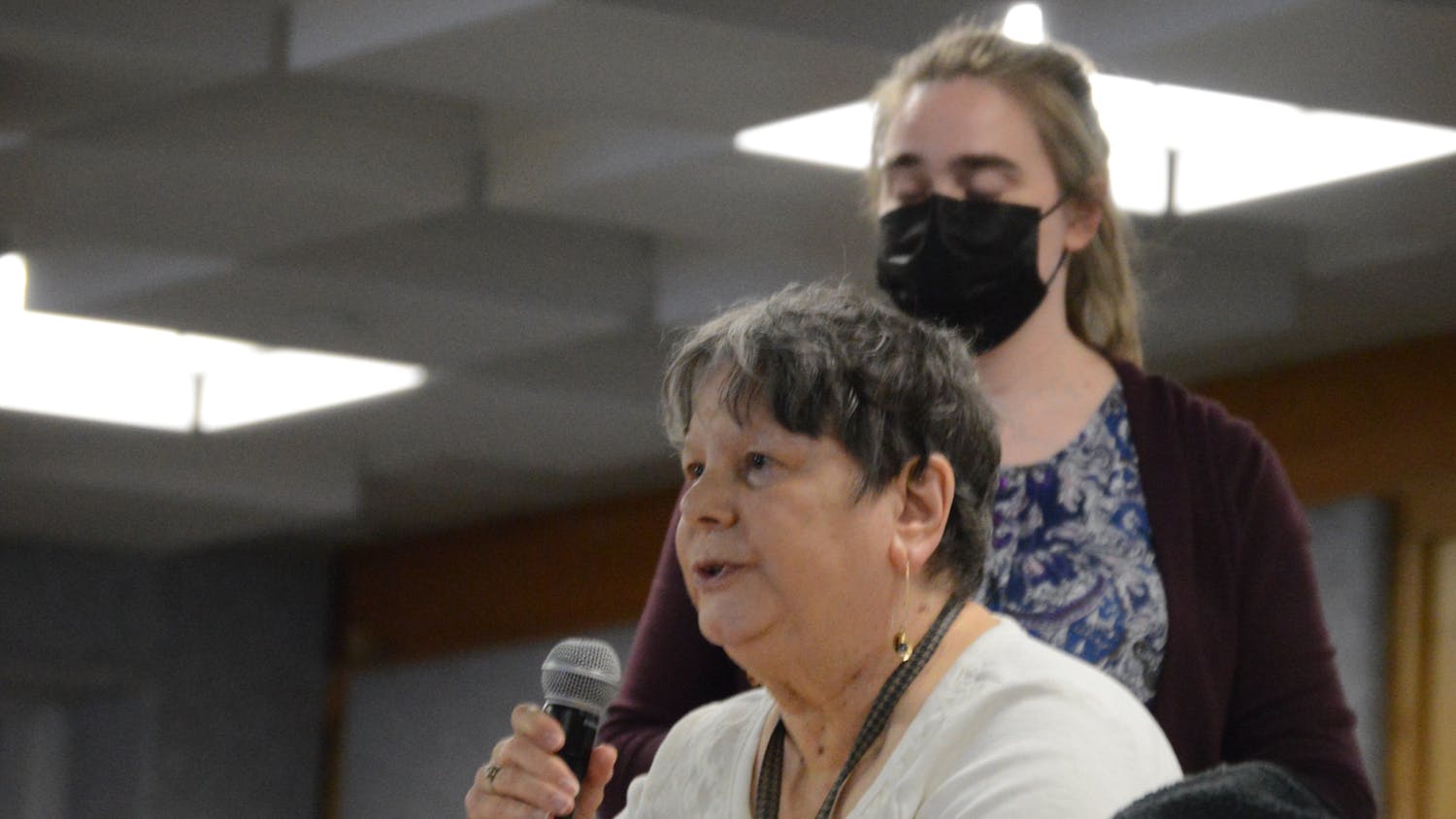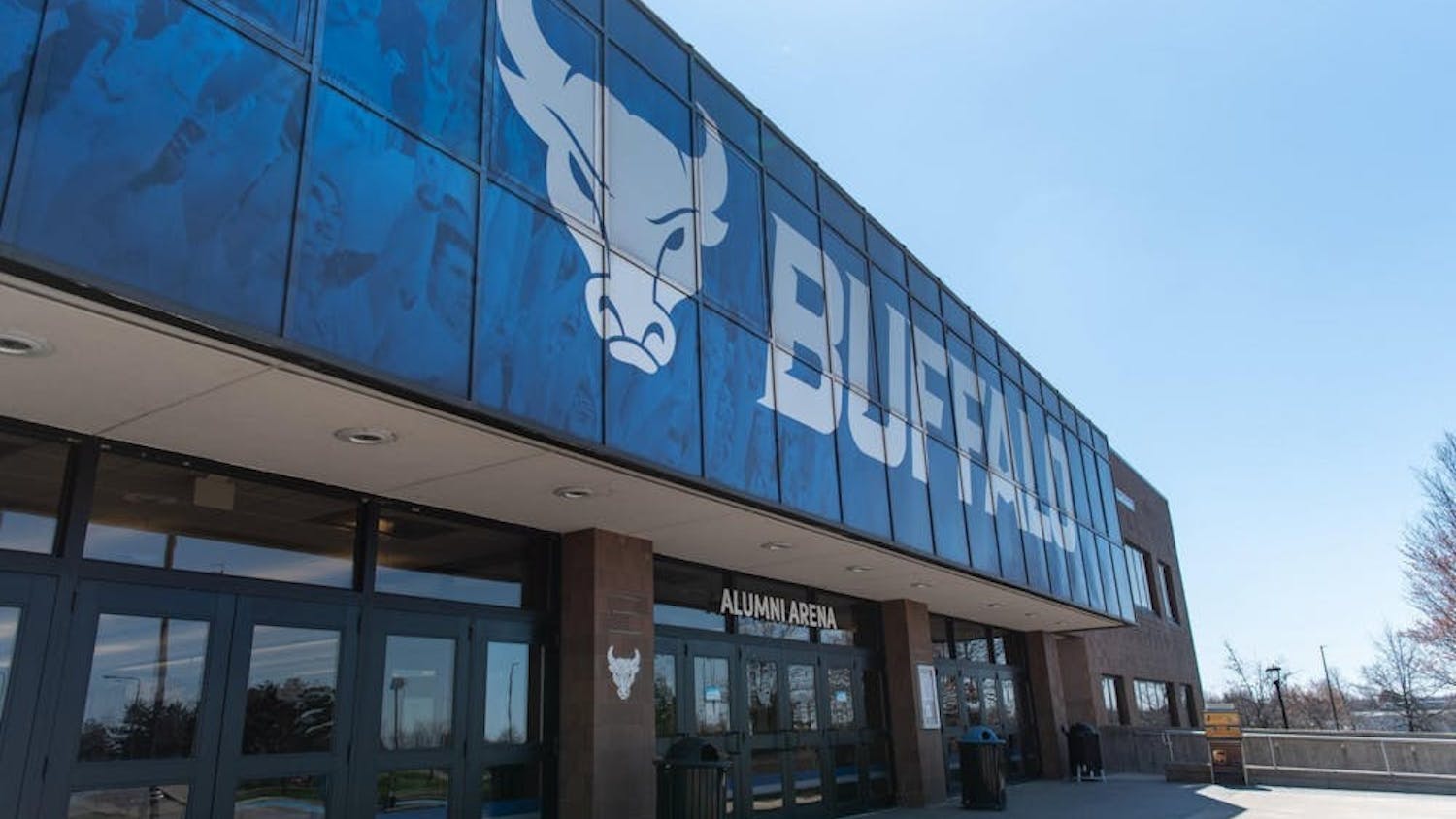UB used to have several newspaper stands throughout campus that offered students copies of The New York Times and USA Today with a quick swipe of their student ID.
This semester, students returned to campus to find these stands gone. Several students including us Spectrum editors looked forward to reading these newspapers in between classes and studying.
While these publications provide digital copies of their articles, there’s something special about holding a newspaper in your hands. And it’s helpful to have all the top stories laid out for you, rather than having to parse through a website. A copy of The New York Times costs $2.50. While this might not seem like much, it’s a hefty price tag for the average college student who wants to read the paper daily.
Ninety percent of students surveyed said the program contributed to the habit of reading the newspaper regularly, and over 90 percent said that reading newspapers is important to their education, according to the 2015-2016 Campus Life Fee Report on the Student Accounts website.
Unfortunately, the Student Readership Program wasn't running smoothly, according to a UB Spokesperson who said newspapers were often not delivered on time, left outside, or not in their designated newsstand boxes. Few students were taking the paper, leading the university to decide the program was no longer worth the investment; especially since students have access to 8,000 newspapers digitally through the UB library databases.
The reasoning behind the decision to eliminate the papers is understandable, but why didn’t the university communicate this information to students?
Most people who used the newspapers likely had no idea the papers were facilitated by Campus Life, since this information was not advertised on the newspaper boxes.
Those who enjoyed the papers likely just picked up a copy when they passed by without much thought. And those same people probably noticed that the newspaper boxes disappeared this semester and had no idea who to contact about the sudden elimination. UB was not transparent about which department coordinated the newspapers.
The university could have put some type of notice on the newspaper boxes toward the end of the spring semester to give people a heads up. That notice could’ve also indicated that students have access to newspapers online via the library databases, which are paid for through the technology component of the Comprehensive Fee.
None of The Spectrum editors were aware that UB offers digital access to newspapers. While this is partially our fault for not seeking out this information, the university should do a better job communicating that students have access to these resources.
The swift and silent elimination of the free newspapers coupled with a lack of information about free online access sends a message that the university administration doesn’t see offering students access to quality journalism as a priority. The university is keen to advertise aesthetic projects like 1Capen, but doesn’t adequately advertise an educational resource that students pay for.
In order to be active, engaged, informed citizens, it is essential that students have access to news media. Reading newspaper articles on a regular basis keeps students informed and up-to-date on crucial current events and issues. Engaging with newspaper articles also improves critical thinking, writing, reading and communication skills.
In an era where news media is increasingly demonized and downplayed, it is more important than ever that students understand the value of journalism and its essential role in democracy. Good journalism gives voices to the voiceless, serves as a watchdog to the government and public officials to keep them in check and performs an essential public duty: keeping citizens informed so they can be active participants in democracy.
It is great that UB offers students access to a wide variety of quality news publications including The New York Times and USA Today through its library databases, but access alone doesn’t do much good unless the university makes a better effort to inform students about these resources.
Email: eic@ubspectrum.com





